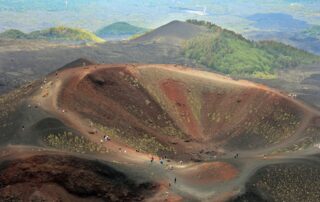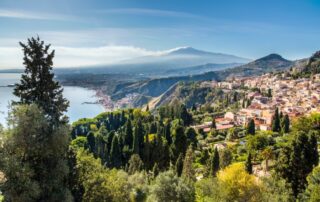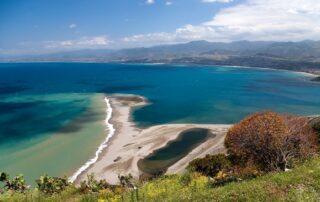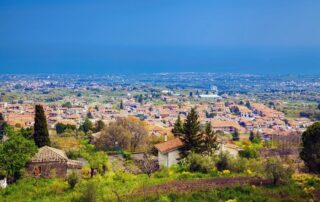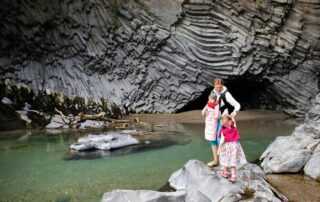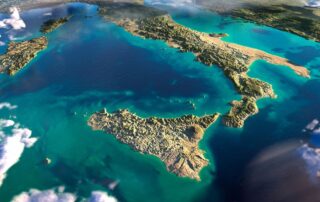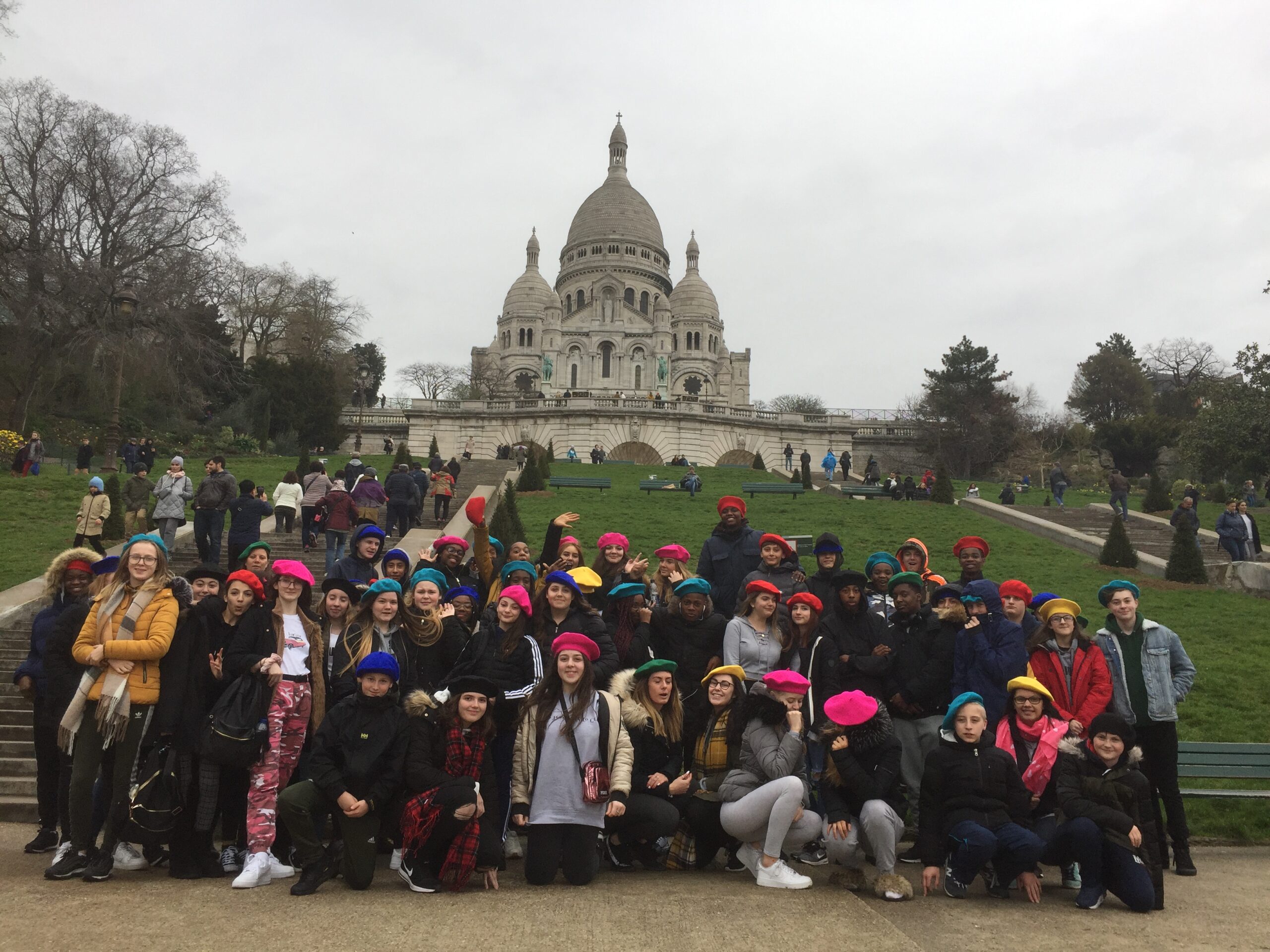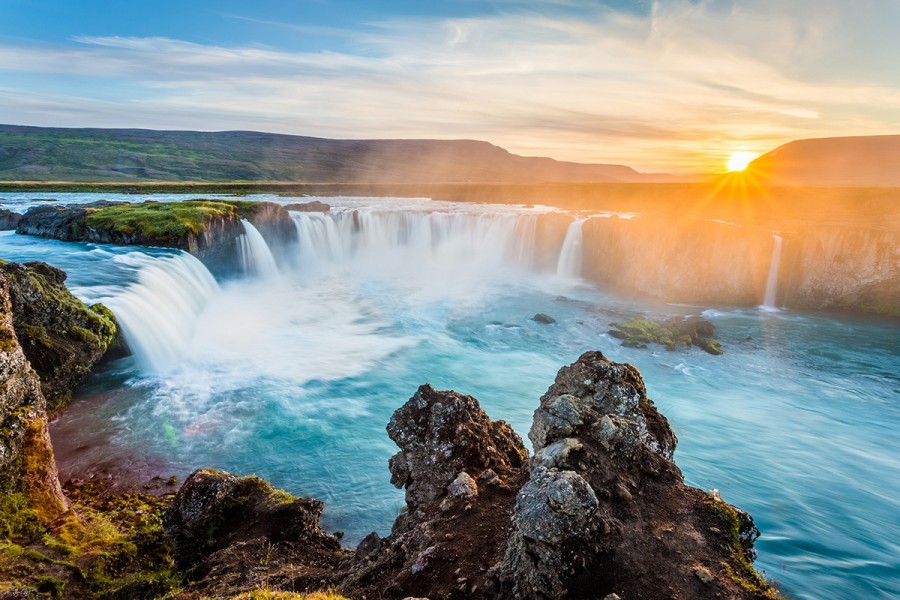Sicily is separated from Italy by a strait just 1.9 miles wide at its narrowest point and is the largest island in the Mediterranean. It is also one of the most diverse in terms of flora, fauna and geography.
The volcanic landscape is unlike any other, with the skyline dominated by Mount Etna – Europe’s largest active volcano. A visit to Mount Etna gives students a rare opportunity to get close to an active volcano. With a guided tour an expert will discuss volcanic processes and landforms along with showing examples on site, and you can explore lava–flow caverns that formed during past eruptions.
Another volcanic highlight is a visit to the small island of Vulcano, located about 25 kilometres north of Sicily, which has three volcanic centres. The volcanic activity in the region is largely the result of the northward-moving African Plate meeting the Eurasian Plate.
Sicily also offers plenty of opportunities for students to experience river and coastal landscapes. The Alcantara River Park includes the Alcantara River and the Alcantara gorges, created when the river was blocked by a lava flow. The lava formed great basalt columns which were eroded over time to form the gorges.
The coastal town of Tindari, situated on a rocky hill, is an excellent opportunity to examine the impact of tourism on a small location along with other issues related to human geography. Add in the mythical landscape of the beautiful Cyclops Riviera, Lipari with its steaming fumaroles and the unique ecosystem of the Strait of Messina and you have the makings of a school trip packed with a range of exciting and highly memorable learning experiences!
You can further information and excursion examples related to geography and an example itinerary here or request a quote today on 01444 870100.
by Select School Tours
Share
by Select School Tours
Share
Planning a school trip can be an exciting endeavor, and there are numerous possibilities depending on your location, budget, and the interests of the students. We have pulled together [...]
Hi, my name is Kaeti and as the new travel advisor for Select School Travel, covering Manchester, Liverpool and Cheshire areas, I thought I would introduce myself to you [...]
Why book a school trip to Iceland? School educational trips to Iceland can offer students a unique and enriching experience. Iceland is a fascinating destination with a diverse range [...]

